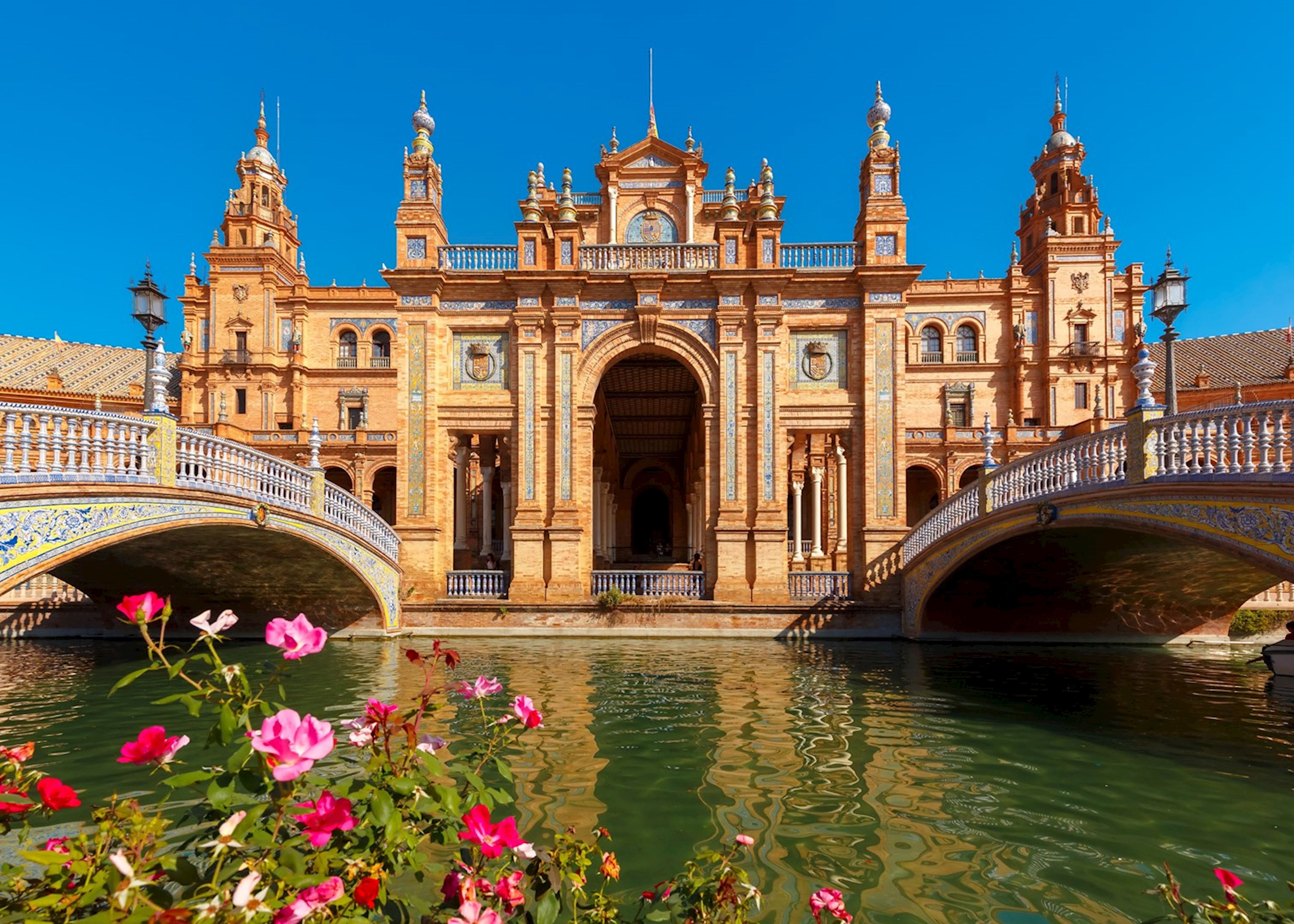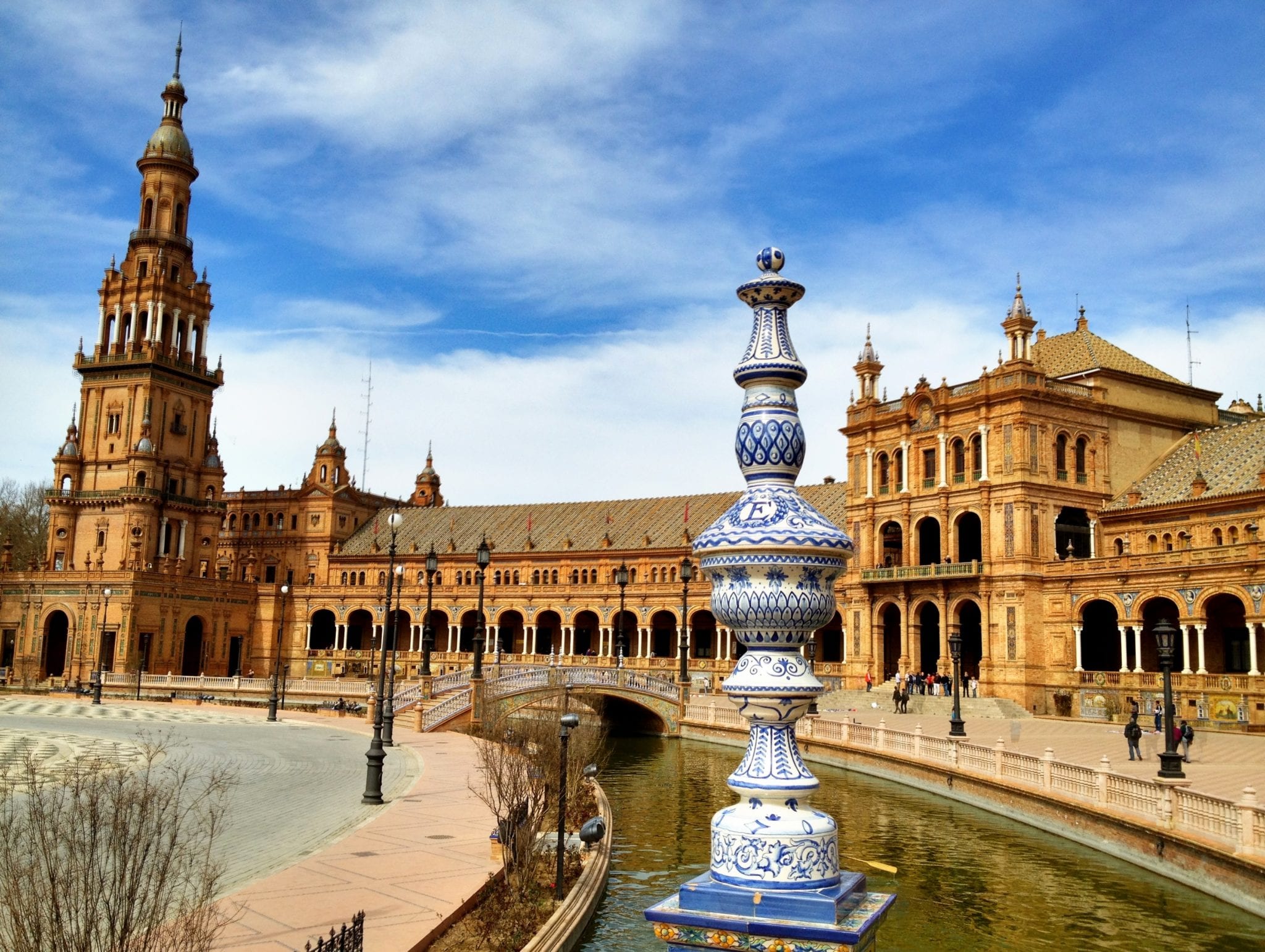Spain's Money Before The Euro: A Glimpse Into The Past
Have you ever wondered about the everyday currency people used in Spain before the familiar Euro came along? It’s a pretty interesting topic, especially when you consider how much a nation's money tells you about its story. For many years, a distinct set of coins and notes shaped daily life across this storied country, a place known for its art, culture, and incredible natural spaces. That, is that, the shift to a common European currency truly changed things, and it’s worth looking back at what was there before.
Spain, officially the Kingdom of Spain, is a country located in southern Europe, with territories also in north Africa, featuring the southernmost point of continental Europe. This land, occupying about 85 percent of the Iberian Peninsula, which it shares with its smaller neighbor Portugal, has a rich and complex past. Its financial history, so, mirrors these changes, reflecting periods of growth, challenge, and cultural expression through its banknotes and coinage.
Learning about the money Spain used before the Euro gives us a clearer picture of its economic journey and the daily experiences of its people. It's almost like holding a piece of history in your hand, seeing the designs, the figures, and the symbols that represented the nation's identity for so long. We'll explore what this old money was, why it changed, and what its legacy means today, too.
Table of Contents
- The Peseta: A Look Back
- The Big Change: Spain and the Euro
- Remembering the Peseta Today
- Frequently Asked Questions (FAQs)
The Peseta: A Look Back
What Was the Peseta?
Before the Euro became the common currency across much of Europe, Spain used a monetary unit called the Peseta. This was the country's official currency for a very long time, basically from 1868 until the Euro arrived. Its name, "peseta," is thought to come from the Catalan word "peceta," which means "little piece." It was, in a way, a very fitting name for a small coin that held a lot of daily importance for people.
The Peseta replaced the Escudo, another Spanish currency that had been in use for some time. This change happened during a period of significant political and economic adjustments for Spain. It was, you know, part of a larger effort to standardize the monetary system and bring more stability to the economy. The initial value of the Peseta was set at 4.5 grams of silver or 0.290322 grams of gold, linking it to the Latin Monetary Union, a very interesting historical agreement among several European nations.
For generations, the Peseta was the sole means of exchange for everything from buying bread at the local market to purchasing a ticket for a train ride across the beautiful Spanish countryside. It was, quite literally, the lifeblood of the economy, allowing for trade and daily transactions. People, naturally, grew very accustomed to its appearance and its worth.
A Country's Coins and Notes
The Peseta came in a wide array of coins and banknotes, each with its own distinctive look and feel. The coins, which were used for smaller purchases, typically featured important national symbols, historical figures, or significant landmarks. You might have seen, for example, coins with the likeness of King Juan Carlos I, or maybe the Spanish coat of arms. They were, you know, very much a part of the everyday visual landscape for Spanish people.
Banknotes, on the other hand, were used for larger sums of money and often showcased celebrated artists, writers, or historical events that shaped Spain. Think of figures like Francisco Goya, the famous painter, or Miguel de Cervantes, the renowned author of Don Quixote. These notes were, in some respects, little works of art themselves, telling stories about Spain's rich cultural heritage. The designs would change over time, reflecting different eras and political shifts within the country, which is that, a rather common thing for national currencies.
The denominations also varied significantly. You had small coins like 1, 5, 10, 25, 50, and 100 Pesetas, which were used for daily transactions. Then there were the banknotes, starting from 200, 500, 1000, 2000, 5000, and even 10,000 Pesetas. The 10,000 Peseta note, for instance, was a fairly high value note for its time. Each denomination had its own color scheme and design, making it relatively easy for people to tell them apart, even at a quick glance. It was, you know, a very practical system for a bustling economy.
The Peseta Through the Ages
The Peseta's value and appearance changed quite a bit over its long history. Like many currencies around the world, it experienced periods of inflation, meaning that what you could buy with a certain amount of Pesetas in one decade might be very different from what you could buy in another. This is, basically, a natural part of economic cycles.
During the Spanish Civil War and the subsequent Francoist era, the Peseta underwent significant transformations. There were, for instance, different series of banknotes issued, sometimes with very distinct designs that reflected the political climate of the time. These changes are, in a way, fascinating to study for anyone interested in Spain's modern history. The currency became a tangible record of the country's journey.
In the later decades of the 20th century, as Spain's economy grew and integrated more with the rest of Europe, the Peseta remained a symbol of national identity. It was the money that fueled the country's growth, from its agricultural heartlands to its vibrant cities and popular tourist destinations. For many older Spaniards, the Peseta still holds a special place in their memories, representing a very specific time in their lives and the life of their nation. It’s, you know, more than just money; it's a piece of their past.
The Big Change: Spain and the Euro
Why the Shift?
The decision for Spain to adopt the Euro was a big one, driven by a desire for closer economic integration with other European nations. The idea was to create a single market, which would make trade easier, reduce currency exchange costs, and, frankly, boost economic stability across the Eurozone. Spain, a country with a growing economy and strong ties to its European neighbors, saw many benefits in joining this common currency area.
Being part of the Eurozone meant that Spanish businesses could trade with other member countries without worrying about fluctuating exchange rates, which, you know, could sometimes make international commerce a bit unpredictable. It also aimed to attract more foreign investment and promote economic growth. For a country that relies a good deal on tourism, having a common currency with many visitors was also seen as a significant advantage. It just made things, in a way, much simpler for everyone involved.
The move was also about solidifying Spain's place within the larger European project. It was, basically, a political as well as an economic decision, signaling a commitment to a shared future with other European Union members. This step was, arguably, a very important moment in the nation's modern story.
The Transition Period
The switch from the Peseta to the Euro wasn't an overnight event; it was a carefully planned process that took some time. The Euro was officially introduced for non-cash transactions in Spain on January 1, 1999, but the physical Euro coins and banknotes didn't start circulating until January 1, 2002. This period of dual circulation was, in some respects, a bit of a learning curve for everyone.
During this time, people could pay for things using either Pesetas or Euros, and change would often be given in Euros. This helped people get used to the new currency and its values. Shops and businesses had to display prices in both Pesetas and Euros, which was, naturally, a big adjustment for them. It required a lot of preparation and public awareness campaigns to ensure a smooth transition for everyone, from the smallest village shop to the largest city department store.
There were, too, conversion rates that had to be learned. One Euro was set at 166.386 Pesetas. This fixed rate helped people understand the value of their old money in terms of the new currency. For many, it was a time of calculating and recalculating, trying to get a feel for the new prices. It was, you know, a pretty unique moment in history, watching a whole country change its money.
Life After the Peseta
Once the Peseta was fully phased out, life in Spain, particularly regarding daily transactions, changed considerably. Tourists from other Eurozone countries found it much easier to visit, as they didn't need to exchange their money upon arrival. This made travel more convenient and, basically, encouraged more people to explore Spain's incredible beaches, cities, and natural spaces.
For Spanish citizens, the Euro became the new normal. While some initially missed the familiar Peseta, the convenience of a common currency for travel and trade within Europe quickly became apparent. Businesses benefited from simplified pricing and transactions across borders. The economic impact was, in a way, quite significant, helping to further integrate Spain into the broader European economy.
Even today, you might hear older generations occasionally refer to prices in "pesetas" when talking about something expensive, almost as a way of emphasizing the cost or recalling past times. It's a small but telling sign of how deeply the old currency was woven into the fabric of Spanish life. The Euro has been the currency for many years now, yet the memory of the Peseta, you know, still lingers for some.
Remembering the Peseta Today
Collecting Old Money
For collectors and history enthusiasts, old Spanish Pesetas are a fascinating area of interest. There's a real joy in finding and preserving these pieces of the past. Coins and banknotes from different eras of the Peseta's history tell a visual story of Spain's political shifts, artistic styles, and important figures. Some collectors, naturally, seek out rare or particularly well-preserved examples, which can sometimes hold more value than their original face worth.
You can often find old Peseta coins and notes at specialized coin shops, at flea markets, or through online auctions. Some people even have them tucked away in old drawers or boxes, perhaps as mementos from a trip or from family members. It's a way, you know, of connecting with the past and appreciating the artistry and history embedded in these pieces of metal and paper. For those who enjoy history, it's a very rewarding hobby.
The designs on the Pesetas, from the intricate patterns to the portraits of monarchs and cultural icons, offer a tangible link to the Spain of yesterday. Collecting them is, basically, a way to keep that history alive and share it with others. It's a bit like collecting old postcards or stamps; each piece has its own story to tell about the country it came from.
Cultural Echoes
Even though the Peseta is no longer in circulation, its influence can still be felt in Spanish culture and language. As mentioned, it's not uncommon to hear older people convert Euro prices back into Pesetas in their heads, or even out loud, particularly for larger purchases. This shows how deeply ingrained the Peseta was in their understanding of value and money. It's, you know, a pretty common way for people to relate to the past.
Phrases and expressions that originated during the Peseta era are also still sometimes used. For instance, a common saying might refer to a certain amount of Pesetas, even if the context is now a Euro amount. These linguistic remnants are, in a way, a testament to the currency's long presence and its impact on daily conversation. It’s a subtle reminder of what once was.
The Peseta also appears in older Spanish films, books, and songs, serving as a historical detail that helps set the scene and ground the narrative in a specific time. For anyone wanting to understand Spain's recent history, having a sense of the Peseta and its role is, basically, very helpful. It provides a deeper appreciation for the country's journey and its unique cultural identity. Learn more about Spain's fascinating history on our site.
What About Exchanging Old Notes?
For many years after the Euro's introduction, it was possible to exchange old Spanish Peseta banknotes and coins for Euros at the Bank of Spain. This service allowed people to convert any remaining Pesetas they might have had into the new currency. However, this exchange period did not last indefinitely. The deadline for exchanging Pesetas was set for June 30, 2021. So, as of today, October 26, 2023, it is no longer possible to exchange Pesetas for Euros at the Bank of Spain.
This means that any Pesetas you might find now, whether in an old wallet or a forgotten jar, hold no official monetary value for exchange at the central bank. Their value now lies primarily in their historical or collector's appeal. For collectors, the condition and rarity of the Peseta notes or coins will determine their market worth, which can vary widely. It's, you know, a very different kind of value than what they once had.
If you have old Pesetas and are curious about their potential collector's value, you might consider consulting a numismatic expert or a reputable coin dealer. They can provide insights into what specific notes or coins might be worth to a collector. It's, basically, a good idea to understand that while they are no longer legal tender, they certainly remain interesting pieces of Spain's past. You can explore more of our content on European currency history here.
Frequently Asked Questions (FAQs)
1. What was the name of Spain's money before the Euro?
Before the Euro, Spain used a currency called the Peseta. It was the official money for many years, basically from 1868 until the Euro was introduced.
2. When did Spain stop using the Peseta?
Spain stopped using the Peseta for everyday transactions when the Euro banknotes and coins were physically introduced on January 1, 2002. There was a period of dual circulation, but the Peseta was fully phased out soon after.
3. Can old Spanish Pesetas still be exchanged?
No, as of June 30, 2021, the Bank of Spain no longer exchanges Pesetas for Euros. Any Pesetas you find now are primarily of interest to collectors or as historical items.
The story of Spain's money before the Euro is a truly interesting one, offering a peek into the nation's economic and cultural journey. The Peseta, with its many designs and long history, was a constant companion for generations of Spaniards. Its replacement by the Euro marked a big step for Spain, integrating it more deeply into the European economic fabric. Though the Peseta is no longer in daily use, its memory, you know, lives on in the country's history, its cultural references, and the collections of those who cherish a piece of the past. To learn more about Spain's economic evolution, you might find information at historical financial archives, for example, which can offer deeper insights into its monetary past.

Visit Seville, Spain | Tailor-Made Vacations to Seville | Audley Travel US

22 Places You Have To See When You Visit Barcelona, Spain... - Hand

Sevilla: The Most Beautiful City in Spain - Adventurous Kate